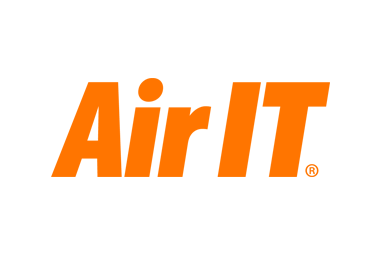Guy Kinnings, DP World Tour Deputy Chief Executive, Chief Commercial officer and Ryder Cup Director, added: “Over the last 40 years, Sandy made a huge contribution to golf at all levels of the game, from the grassroots right through to the Ryder Cup.
“He was hugely respected and his passion for our sport was obvious to all of us who were fortunate to meet him and work closely with him. In terms of the Ryder Cup, he played an integral role in helping it become the global sporting occasion it is today.
“Everyone associated with Ryder Cup Europe and the European Tour group is deeply saddened to learn of his passing, and our thoughts are with his family and many friends at this sad time.”
Sandy also had many dealings with The R&A and Peter Dawson, its former Chief Executive, said: “Our time overlapped for a lot of years. Sandy was obviously very experienced and always had a level head in a crisis, although there weren’t too many of those, thankfully.
“He was a delight to work with and always acted in the best interests of golf.”
Sandy was also President of the Golf Foundation, the charitable organisation co-founded by three-time Open Championship winner and former PGA Captain Sir Henry Cotton that introduces youngsters from all backgrounds to golf.
“Sandy was a huge supporter of the Golf Foundation and believed in making golf as accessible to as many youngsters as possible,” said Brendon Pyle, the Golf Foundation’s Chief Executive Officer.
“He was very generous with his time as our President and in helping us with our funding. He was a giant in the world of golf who will be sadly missed.”




































